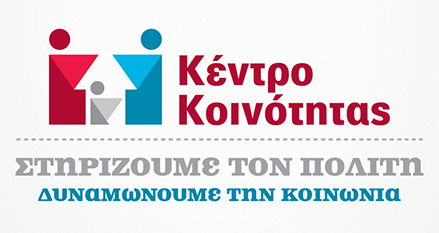Η μέθοδος SPIRAL δημιουργήθηκε από το Συμβούλιο της Ευρώπης, ως ένα εργαλείο ανάδειξης κοινωνικών δεικτών και οργάνωσης της διαβούλευσης για επιχειρησιακούς σκοπούς.
Τον Ιούνη του 2012, τρία στελέχη του προγραμματισμού τςη ΚΕΚΠΑ-ΔΙΕΚ, συμμετείχαν στην εκπαίδευση στη μέθοδο που συνδιοργάνωσε το Συμβούλιο της Ευρώπης με το Δήμο Καβάλας στη βορειοελλαδική πόλη.
Στη σελίδα αυτή θα αναρτήσουμε το υλικό και τα εργαλεία της μεθόδου που εκτιμούμε ως σημαντική. Προς το παρόν μπορείτε να βρείτε εδώ μια σύντομη περιγραφή της μεθόδου -δυστυχώς για τους μη αγγλομαθείς, στην Αγγλική γλώσσα.
INTERNATIONAL – SHEET IN1 The SPIRAL method proposed by the Council of Europe
SPIRAL (Societal Progress Indicators and Responsibilities for ALL)
The Council of Europe, an intergovernmental organisation set up at the end of the Second World War to ensure peace among peoples and states and the development of democracy, the rule of law and respect for human rights in Europe after the horrors experienced, has always considered these four pillars central to its founding values and social progress objectives.
This is particularly true of human rights, which are provided for not only in the European Convention on Human Rights, which reiterates the major principles of the United Nations convention, but also in numerous recommendations and resolutions agreed on by member states. These have made it possible to achieve progress in all areas (the rights of women, migrants, minorities, and so on), largely under the impetus of the European Court of Human Rights set up in the 1950s.
After the 30-year post-war boom, which brought rapid economic growth and full employment from 1945 to 1975, the very foundations of the progress achieved in the area of human rights were called into question by rising unemployment and social exclusion from the 1980s onwards. This prompted the Council of Europe to include a fundamental new objective in its social progress objectives, that of social cohesion. This objective was endorsed as such at the Second Summit of Heads of State and Government in 1997.
The Council of Europe defines social cohesion as the capacity of a society to ensure the welfare of all its members, the focus being on making all concerned jointly responsible for attaining this objective. This definition is based on an observed change in the concept of responsibility and the context in which it operates. After a period when the welfare state prevailed, and responsibility for ensuring the rights and well-being of all rested primarily with governments and public institutions, while economic players were responsible for production and growth, we are, with the globalisation of the economy and trade and the development of various forms of interdependence at all levels, entering what is known as the "welfare society" era, in which responsibility for the well-being of present and future generations is shared by everyone: governments, members of the public, economic players, and so forth.
The concept of shared responsibility for the well-being of all is prompting the various players to get together to define what is meant by well-being and determine how progress in well-being can be measured - hence the idea of jointly devising indicators for well-being and social cohesion, in the sense of the capacity of a society to ensure the welfare of all its members, including that of future generations.










